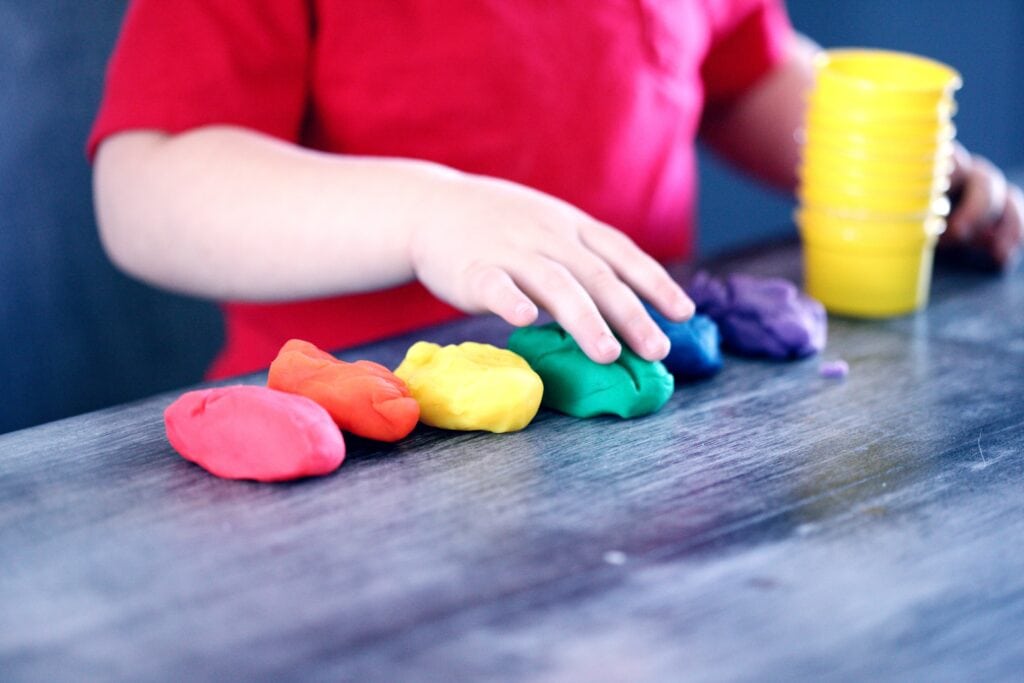How children learn and develop
Children seek finding and establishing connection with their environment and the people around them through play. Through play, children discover, actively learn, and think creatively and critically. During children’s development, it is through play that they establish the foundation that will allow them to become a motivated and successful learner during school years. Children’s play activities are closely related to the environment they live in and reflect the customs and traditions of the given communities and cultures.
The various play activities and games support and stimulate their personal, social, and emotional development, along with the smooth evolution of language and communications. At birth, children are ready, willing, and able to learn with the help of their environment. Normally, according to their stages of development, they initiate interactions with others and experience the world around them. Development always depends on the positive and safe environment surrounding the children, without which play cannot fulfil its crucial role in their lives. Therefore, creating safe and nurturing environment around children is first priority.
Children develop strong and balanced personalities through positive relationships with caretakers around them. Therefore, it is important to give children regular and genuine feedback through their play. We should always support children’s well-developing skills which reassure their independent strength efforts and help them learn experiencing success. The more environmentally and culturally suitable tools, materials, and knowledge we use during play activities, the more children become able to perform the games in a motivated and focused manner. It is important for children to allow taking risks and discovering new things on their own.
Every child learns and develops at a different pace and manner. Undisrupted development is ensured by parents, caretakers, and helpers, involving in certain situations the atypically developing children also. How and why do structures work, and how am I able to make something work? These are the skills that arouse children’s curiosity at this age as they seek for answers. It is important to see that children look for solutions; otherwise, it can reveal a potential problem in development. For instance, if a child gets into a game that seems interesting to him but does not reach the solution, it suggests that the child may not want to live through that experience. To help children reach the solution and obtain the experience, adult support is required. By repeating the activity multiple times, providing less and less help, the experience gained become lasting and solid. With certain children, we can see at age of 6-7 months, that they are uncertain that their actions bring about consequences by observing when the child pushes an object but does not look after it when it is rolling.
